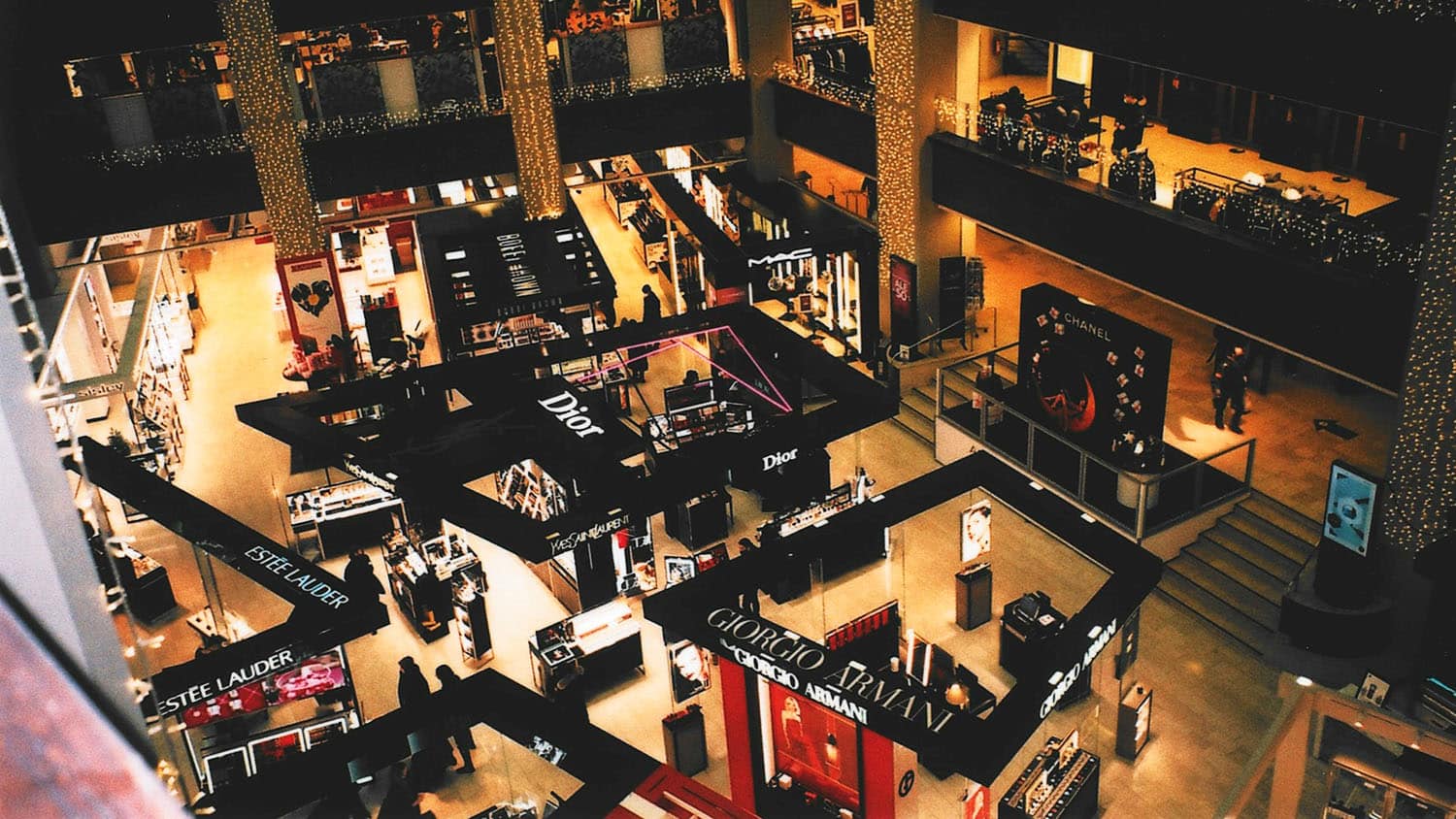Study Finds Opening ‘Off-Price’ Stores Increases Online Shopping for High-End Retailers

For Immediate Release
A new study finds that when high-end retailers open “off-price” stores, which sell less expensive merchandise, it reduces customer spending at their flagship “full-line” stores – but increases customer spending at their online stores.
“We have recently seen an increase in high-end retail chains opening off-price stores,” says Ram Janakiraman, co-author of a paper on the work and R. Randall Rollins Distinguished Professor of Marketing Analytics in North Carolina State University’s Poole College of Management. “We wanted to see how this trend affects the behavior of existing customers and what that means for a company’s full-line stores and online retail operations.”
Examples of off-price stores include Nordstrom Rack and Saks Off Fifth, which are the off-price stores associated with high-end retailers Nordstrom and Saks Fifth Avenue, respectively.
For this study, the researchers made use of data provided by a large, anonymous high-end retailer based in the United States that operates full-line stores, off-price stores and an online store.
The data set includes information on individual customers and all of the purchases that each customer made at any of the retailer’s stores over the course of at least one year, as well as any product returns each customer made.
“To be clear, this data was thoroughly anonymous,” Janakiraman says. “We only know what consumers purchased, when and where they purchased it, and the metropolitan area where they were located.”
During the timeframe covered by the data set, the retailer opened 10 off-price stores in areas around the U.S.
“This data set allows us to see what customer behavior was like both before and after an off-price store was opened, giving us the opportunity to see how that behavior changed,” says Rishika Rishika, co-author of the paper and director of the Master of Management, Marketing Analytics program in NC State’s Poole College of Management.
Drawing on the large data set, the researchers used state-of-the-art causal inference techniques to analyze many aspects of customer behavior. For example, the researchers assessed changes in how much customers spent; which stores they shopped at; the price of the products they purchased; and the extent to which they returned items they had purchased.
“One finding was that customer spending at full-line stores decreased by about 14% when an off-price store opened nearby,” Janakiraman says.
“Opening of off-price stores is very attractive to value-conscious consumers, which explains the substitution effect – customers who formerly shopped at the full-line stores switch to shopping at the off-price store,” says Rishika.
“We also found that when an off-price store opens, customers who live near that store increase their online spending by 18%,” Janakiraman says. “This increased spending is focused largely around both expensive products and ‘fit and feel’ products, such as shoes or clothing.”
“This increase in online shopping appears to be driven largely by the fact that opening an off-price store means many customers now have a more convenient location they can use to return items they ordered online,” Rishika says.
“It’s important to note that while spending at the full-line stores decreases, the overall effect for the retail chain is positive,” Rishika says. “Customers are spending more.”
“The relationship between retailers and customers can be extremely complex, and our work offers new insights with implications for high-end multichannel retailers who adopt an off-price store opening strategy,” says Janakiraman.
The paper, “The Effects of Off-Price Store Opening on the Incumbent Channels of a Multichannel Retailer: Full-Line Stores Versus Online Store,” is published in the Journal of Marketing Research. The paper was co-authored by Harsha Kamatham of the University of Manitoba and Subodha Kumar of Temple University.
-shipman-
Note to Editors: The study abstract follows.
“The Effects of Off-Price Store Opening on the Incumbent Channels of a Multichannel Retailer: Full-Line Stores Versus Online Store”
Authors: Ramkumar Janakiraman and Rishika Rishika, North Carolina State University; Harsha Kamatham, University of Manitoba; and Subodha Kumar, Temple University
Published: May 22, Journal of Marketing Research
DOI: 10.1177/00222437251347193
Abstract: Many high-end retailers operate off-price or discount versions of their full-line stores to engage value-conscious customers. In this study, the authors empirically examine the effects of a high-end retailer’s opening of off-price stores on customer behavior. Leveraging a unique customer-level dataset spanning pre- and post-opening periods of off-price stores in the United States by a multichannel retailer, the authors disentangle the effects of physical off-price store opening on the incumbent channels (full-line physical stores and online store) and document the underlying mechanisms. The authors employ the group-time treatment effects doubly robust estimator that exploits the staggered opening of multiple off-price stores. The authors find that off-price store opening decreases customer spending (substitution effect or value customer effect) at the full-line store and increases spending at the online store (complementarity effect or option to return products effect). The authors report that the retailer’s new customers (i.e., those acquired via the retailer’s off-price stores) tend to spend less, return products at a higher rate, purchase lower-priced items, and are in the lower-income group. Furthermore, the regular customers who shop at the full-line stores of the upscale retailer spend less at and return their online purchases at a higher rate to the off-price stores than the value-conscious customers. The authors perform a battery of robustness checks to rule out effects of confounding factors. Based on the results, the authors offer new insights and implications for high-end multichannel retailers who adopt an off-price store opening strategy.


